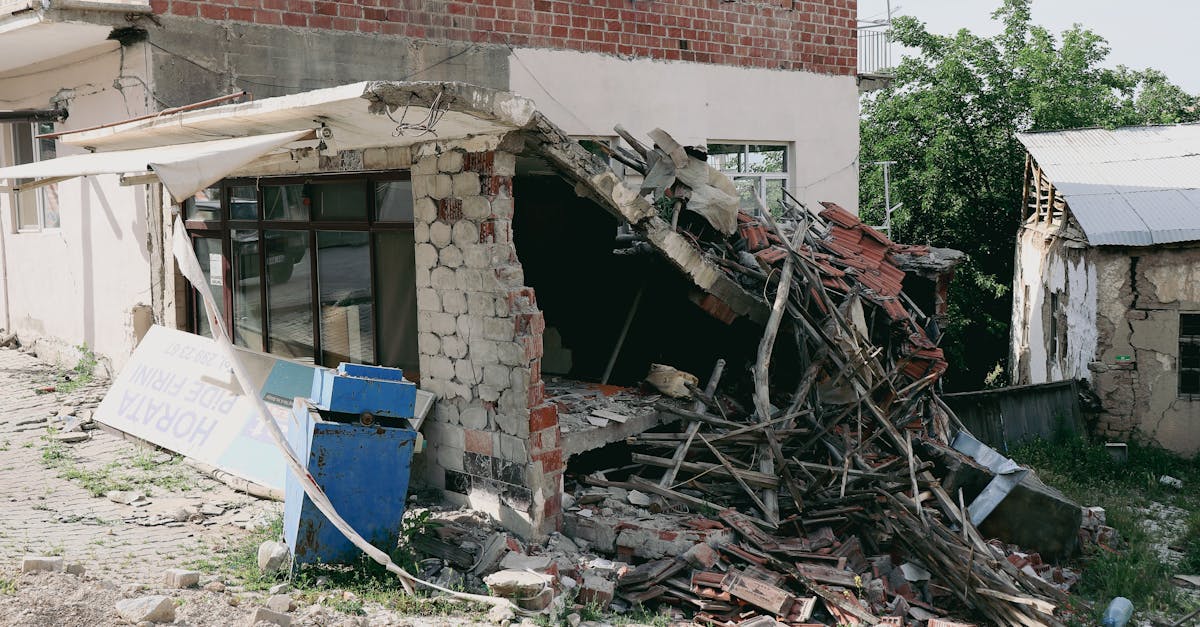Published on:
5 min read
Transforming Distressed Properties: Unlocking Hidden Potential in Real Estate
Distressed properties can often seem like a daunting investment, but they hold immense potential for those willing to look beyond the surface. By conducting effective renovations and improvements, investors can turn these properties into profitable ventures and attractive homes.

Understanding Distressed Properties
Distressed properties are homes or buildings that are in poor condition due to neglect, damage, or financial difficulties faced by the owner. These properties can often be purchased at significantly lower prices than their fully renovated counterparts, making them an attractive option for savvy investors. However, it's essential to conduct thorough due diligence before diving in. This includes assessing the extent of repairs needed, estimating costs, and understanding local real estate markets. By identifying properties with solid fundamentals—like location and structural integrity—investors can position themselves for a promising return on investment.
Unlocking Potential Through Renovation
Renovating a distressed property offers the chance to unlock hidden potential. Successful renovations begin with a clear vision of what the property can become. Start with essential repairs, such as addressing plumbing issues, fixing the roof, or resolving structural concerns. After securing a safe and sound foundation, focus on aesthetic improvements like modernizing kitchens and bathrooms, enhancing curb appeal, and freshening up the interior with paint. Investing in energy-efficient systems can also add long-term value. It’s vital to balance costs with anticipated increase in value; sometimes minor changes can yield significant profits.
Financing Your Investment
Financing the purchase and renovation of distressed properties can be challenging but is integral to your success. Traditional mortgages might not cover fixers, so exploring alternative financing options is essential. Many investors opt for hard money loans, which provide quick access to funds based on the property's value instead of the buyer's creditworthiness. Other options include FHA 203(k) loans, which permit homebuyers to finance renovations within a single mortgage. Carefully evaluate the terms and ensure your projected profits can sufficiently cover these costs to avoid financial strain during renovations.
Conclusion: Realizing Your Investment Vision
Transforming distressed properties can be a rewarding endeavor that requires dedication, strategic planning, and a keen eye for potential. By understanding the market and investing wisely in renovations, you not only elevate the property’s value but also contribute to the revitalization of neighborhoods. With each project, you gain experience and insight that can lead to even greater investments in the future. Start your journey today and uncover the hidden gems in real estate.
Published on .
Share now!










